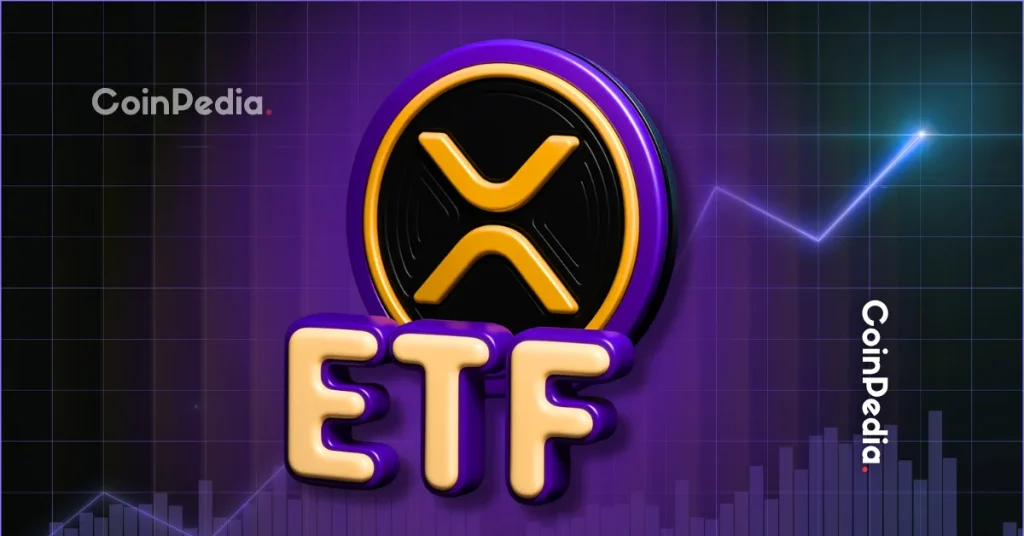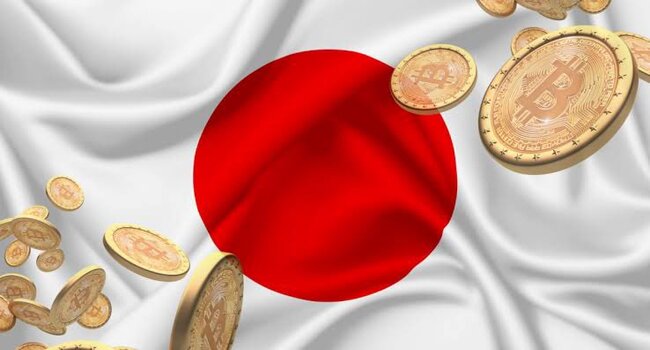Ripple’s XRP ETF Misses Another Deadline: Are They Facing Rejection?

The post Ripple’s XRP ETF Misses Another Deadline: Are They Facing Rejection? appeared first on Coinpedia Fintech News
The approval of XRP exchange-traded funds (ETFs) in the U.S. has been delayed. The SEC paused reviews because of a government shutdown. This has pushed back filings from firms such as Grayscale, Bitwise, WisdomTree, Franklin Templeton, 21Shares, CoinShares, and Canary Capital. The pause is only temporary. It does not mean the ETFs were rejected.
Institutional Moves
As explained by an expert, large funds have not pulled back. Instead, they adjusted their plans. Some used futures and other instruments to keep exposure to XRP. Many had set aside funds for XRP ETFs this quarter and are now waiting for new timelines.
Surveys show most institutions still want to invest in XRP once ETFs are approved. Analysts expect approval later this year, with a high chance it happens before December.
Custody and Payments
Ripple’s new stablecoin, RLUSD, is now backed by BNY Mellon. This setup links the token directly to future ETF systems. It allows faster settlements and could help improve XRP’s use in global payments.
Ripple is also working with major banks like State Street on money market tokenization. These projects use ISO 20022, the global banking message standard, which fits well with XRP’s network.
Market Response
Even without an ETF, trading activity around XRP remains strong. CME XRP futures show billions in open interest, suggesting steady institutional demand.
In Europe, XRP ETPs already trade under the MiCA framework. These products give global investors exposure while the U.S. approval process continues.
New Ways to Access XRP
Institutions are finding other ways to include XRP in their portfolios. Some use structured notes and swaps that track XRP’s price. Others are testing XRP for cross-border payments and as a form of collateral.
Ripple’s goal is to make XRP part of regular financial infrastructure. This includes liquidity for banks, faster settlements, and lower costs.
Regulation and Timing
The SEC and CFTC are now working more closely on digital asset rules. Global regulators are also updating standards to support digital finance. This could help speed up ETF approvals.
In Japan, SBI Holdings has already filed for a Bitcoin–XRP ETF, showing confidence in XRP’s legal clarity.
Experts predict that once approved, XRP ETFs could attract $5–8 billion in the first month and reach up to $18 billion by year-end.
Conclusion
The delay shows how the market is maturing. XRP is no longer seen only as a speculative token. It is becoming a key asset in payment systems and liquidity networks.
When U.S. ETFs launch, they will connect XRP directly to traditional finance. The delay, while frustrating, may help ensure a smoother, stronger launch later this year.
You May Also Like

Humans Are the Improbability Drive AI Can’t Copy

JPYC Launches Japan’s First Yen-Denominated Stablecoin to Drive Digital Payment Growth
Highlights: Japan’s JPYC Inc. launches yen-based stablecoin to modernize payments and strengthen its position in digital finance. Analysts predict JPYC will accelerate Japan’s transition toward a fully digital economic ecosystem. The stablecoin seeks to enhance transaction efficiency and support blockchain-based business growth. On October 27, Japanese fintech firm JPYC Inc. officially announced the launch of the country’s first stablecoin pegged to the Japanese yen, JPYC. It marks a small but meaningful step in a country where most consumers still rely on traditional payment methods such as cash and credit cards. The rollout follows approval from Japan’s Financial Services Agency. Growing institutional interest also signals a shift in the country’s long-standing cash-based economy. JPYC is fully backed by yen deposits and Japanese government bonds. It complies with Japan’s Payment Services Act and maintains 100% reserves. The stablecoin is pegged 1:1 to the Japanese yen and operates on major blockchains such as Ethereum, Avalanche, and Polygon. CEO Noritaka Okabe said the company wants to support innovation by offering startups lower transaction and settlement costs. He added that better global connectivity could help everyone and that the company is open to new partnerships. JPYC Inc announced the official launch of its yen-denominated stablecoin, JPYC, along with the release of its dedicated issuance and redemption platform, JPYC EX. The stablecoin is pegged 1:1 to the Japanese yen and fully backed by bank deposits and government bonds. Initial… — Wu Blockchain (@WuBlockchain) October 27, 2025 User Access and Growth Targets The company said users can buy JPYC on the JPYC EX platform after verifying their identity with the My Number card, Japan’s national ID. JPYC Inc. plans to reach 10 trillion yen ($65.4 billion) in circulation within three years. It also aims to add more blockchains and partner with more businesses. For comparison, USDT, the largest stablecoin, has about $183.2 billion in supply. Several Japanese firms plan to integrate JPYC into their operations, the company confirmed. Fintech developer Densan System is creating payment systems for retail and e-commerce platforms featuring JPYC. Meanwhile, Asteria will add JPYC support to its enterprise data integration software, used by more than 10,000 businesses. Additionally, crypto wallet provider HashPort plans to enable JPYC transactions on its platform. With its launch, JPYC becomes the first major stablecoin not tied to the U.S. dollar but backed by a strong economy. This move may change how money flows across Asia. Like U.S. stablecoins that increased Treasury demand, Japan’s version could boost JGB demand and add diversity to the market. The global stablecoin market is now over $286 billion, with nearly all linked to the dollar. Digital Payment Shift in Japan Japan’s use of digital payments has grown, which shows a big shift from cash to electronic payments. JPYC aims to speed up this growth by offering a simple and low-cost digital option. The company will waive transaction fees at first and earn from interest on Japanese government bond holdings. Meanwhile, Japan’s three major banks, Sumitomo Mitsui, Mitsubishi UFJ, and Mizuho, plan to launch a joint yen-based stablecoin system on October 31 for corporate settlements through MUFG’s Progmat platform. Japan’s Major Banks Launch Yen-Backed Stablecoin Partnership Japan’s financial sector is taking significant steps toward integrating cryptocurrency technologies, with three major banks planning to jointly issue a yen-pegged stablecoin. This initiative…… pic.twitter.com/WR99AIb4ah — Crypto Breaking News (@CryptoBreakNews) October 17, 2025 Bank of Japan Deputy Governor Ryozo Himino recently said that stablecoins could become an important part of the global payment system and may partly replace traditional bank deposits. Experts believe yen-backed tokens could grow in use over the next two to three years. They may also play a role in areas like decentralized finance, tokenized assets, and cross-border payments. eToro Platform Best Crypto Exchange Over 90 top cryptos to trade Regulated by top-tier entities User-friendly trading app 30+ million users 9.9 Visit eToro eToro is a multi-asset investment platform. The value of your investments may go up or down. Your capital is at risk. Don’t invest unless you’re prepared to lose all the money you invest. This is a high-risk investment, and you should not expect to be protected if something goes wrong.
